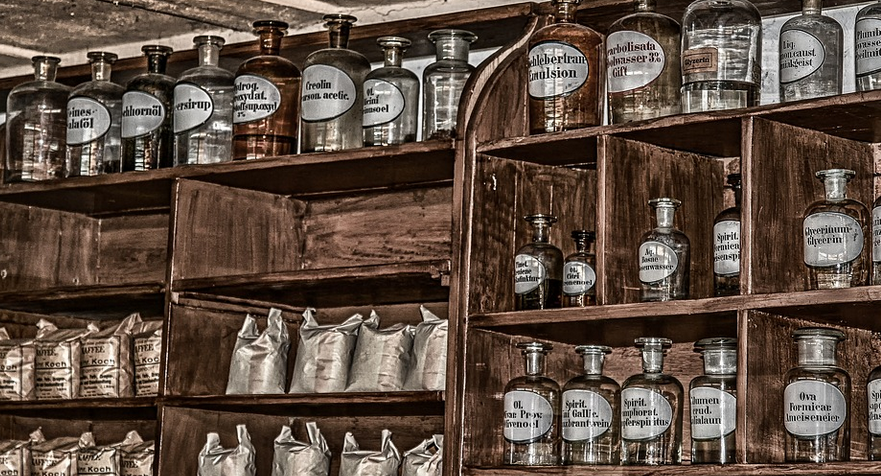Introduction
Leather is a durable and versatile material used in a wide range of products, from jackets and bags to furniture and car seats. However, when it comes to leather crafting, the process of deglazing the leather can be a bit daunting for beginners. Deglazing is the process of removing the top surface layer of the leather to create a smooth and even surface for dyeing or painting. One of the most commonly used methods for deglazing leather is using acetone. In this article, we will discuss the process of deglazing leather with acetone, its benefits, and some tips and tricks to make the process easier.
What is Acetone?
Acetone is a powerful solvent that is commonly used in the leather industry for deglazing leather. It is a colorless liquid that is highly flammable and volatile. It is also commonly used as a nail polish remover and paint thinner. When used on leather, acetone breaks down the surface layer of the leather, removing any finishes or coatings, and exposing the raw surface of the leather.
Benefits of using Acetone to Deglaze Leather
There are several benefits to using acetone to deglaze leather:
- Acetone is a powerful solvent that can break down the surface layer of the leather quickly and effectively.
- It is an affordable and readily available solvent that can be found at most hardware stores.
- It evaporates quickly, leaving no residue on the surface of the leather.
How to Deglaze Leather with Acetone
Here are the steps to deglaze leather with acetone:
- Prepare your work area by laying down a drop cloth or newspaper to protect your surfaces.
- Put on gloves to protect your hands from the acetone.
- Pour a small amount of acetone onto a clean, white cloth.
- Rub the acetone-soaked cloth onto the leather surface in a circular motion, applying gentle pressure.
- Continue rubbing until the surface layer of the leather has been removed.
- Wipe the surface of the leather with a clean cloth dampened with water to remove any remaining acetone.
- Allow the leather to dry completely before dyeing or painting.
Tips and Tricks
Here are some tips and tricks to make the process of deglazing leather with acetone easier:
- Test a small, inconspicuous area of the leather first to make sure that the acetone won’t damage or discolor the leather.
- Use a white or light-colored cloth when applying the acetone to the leather to avoid any color transfer from the cloth.
- Apply the acetone in small, circular motions to avoid damaging the leather.
- Work in a well-ventilated area to avoid inhaling the fumes from the acetone.
- Dispose of any used acetone and cloths properly, as they are highly flammable.
Conclusion
Deglazing leather with acetone is an effective and affordable way to prepare leather for dyeing or painting. By following the steps outlined in this article, and using the tips and tricks provided, you can achieve a smooth and even surface on your leather projects. Remember to always work safely and carefully when handling acetone, and to dispose of any used materials properly.

